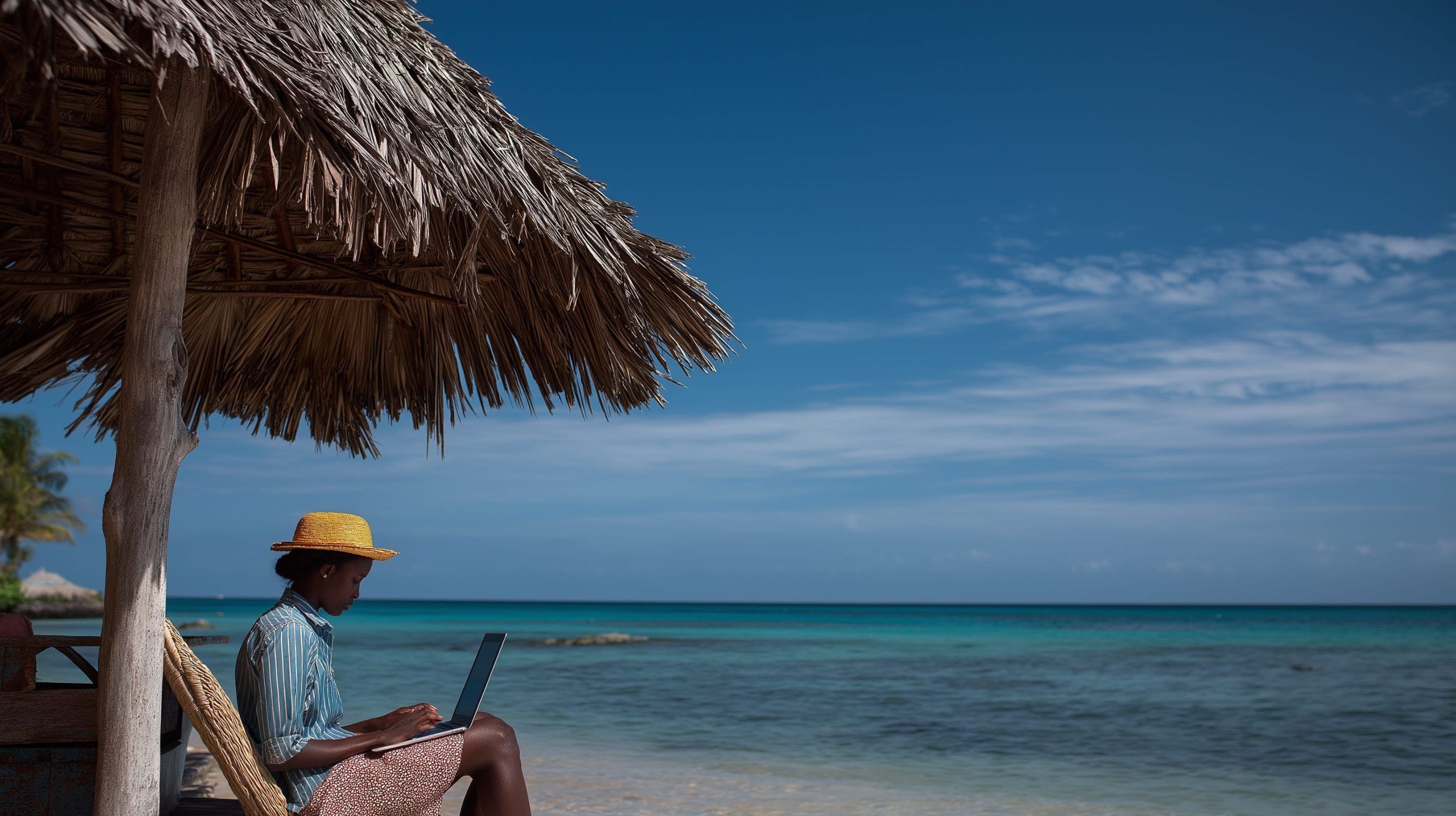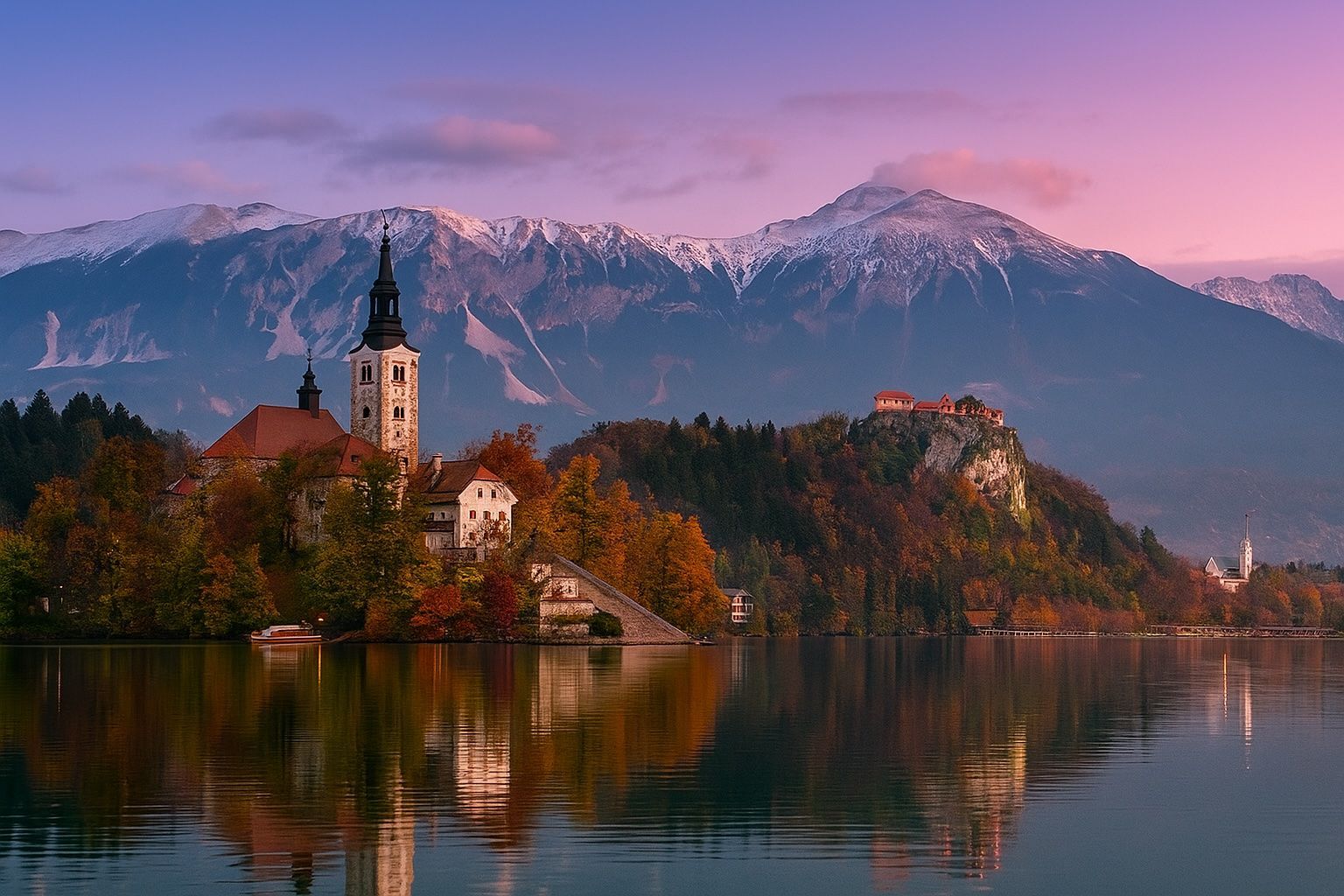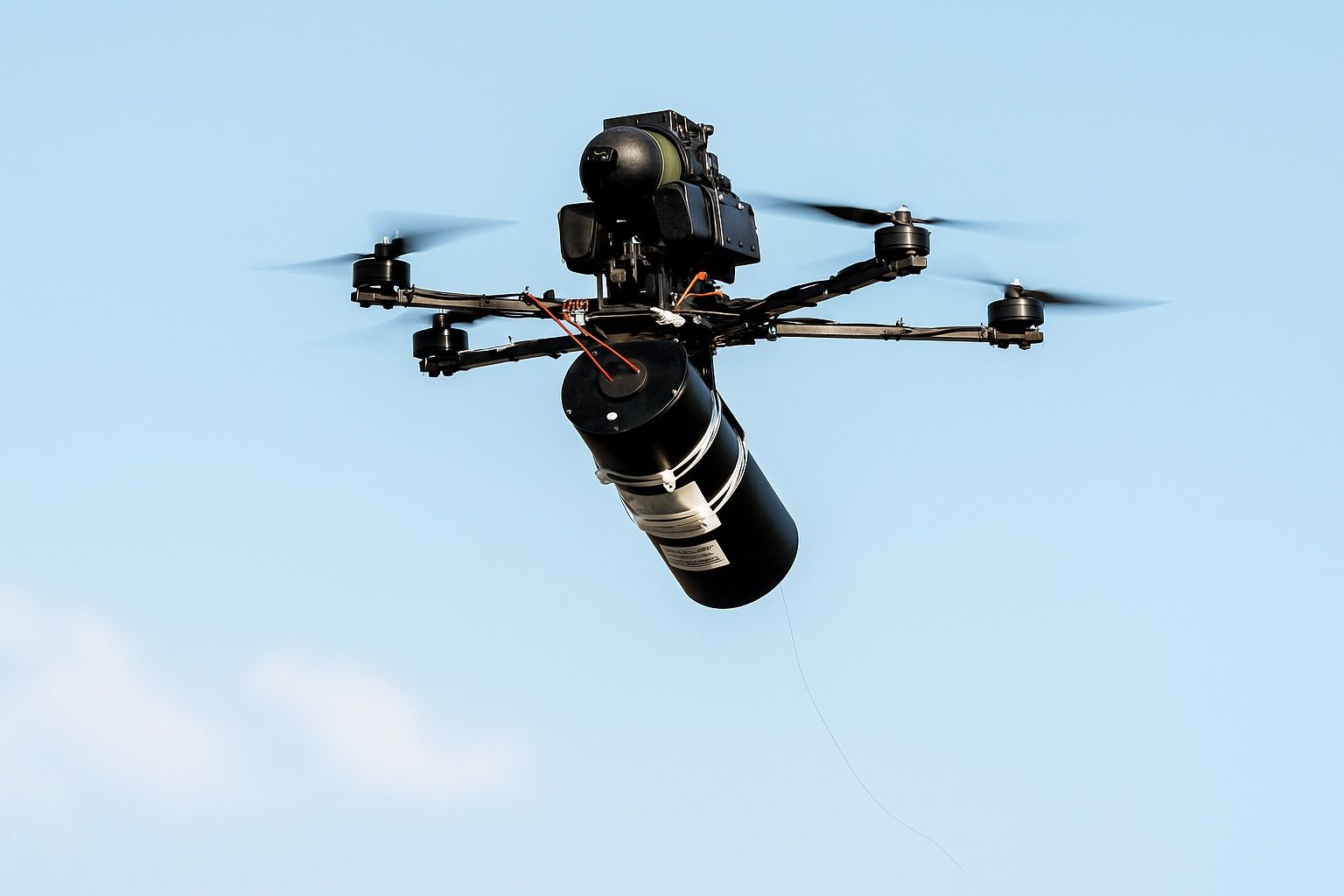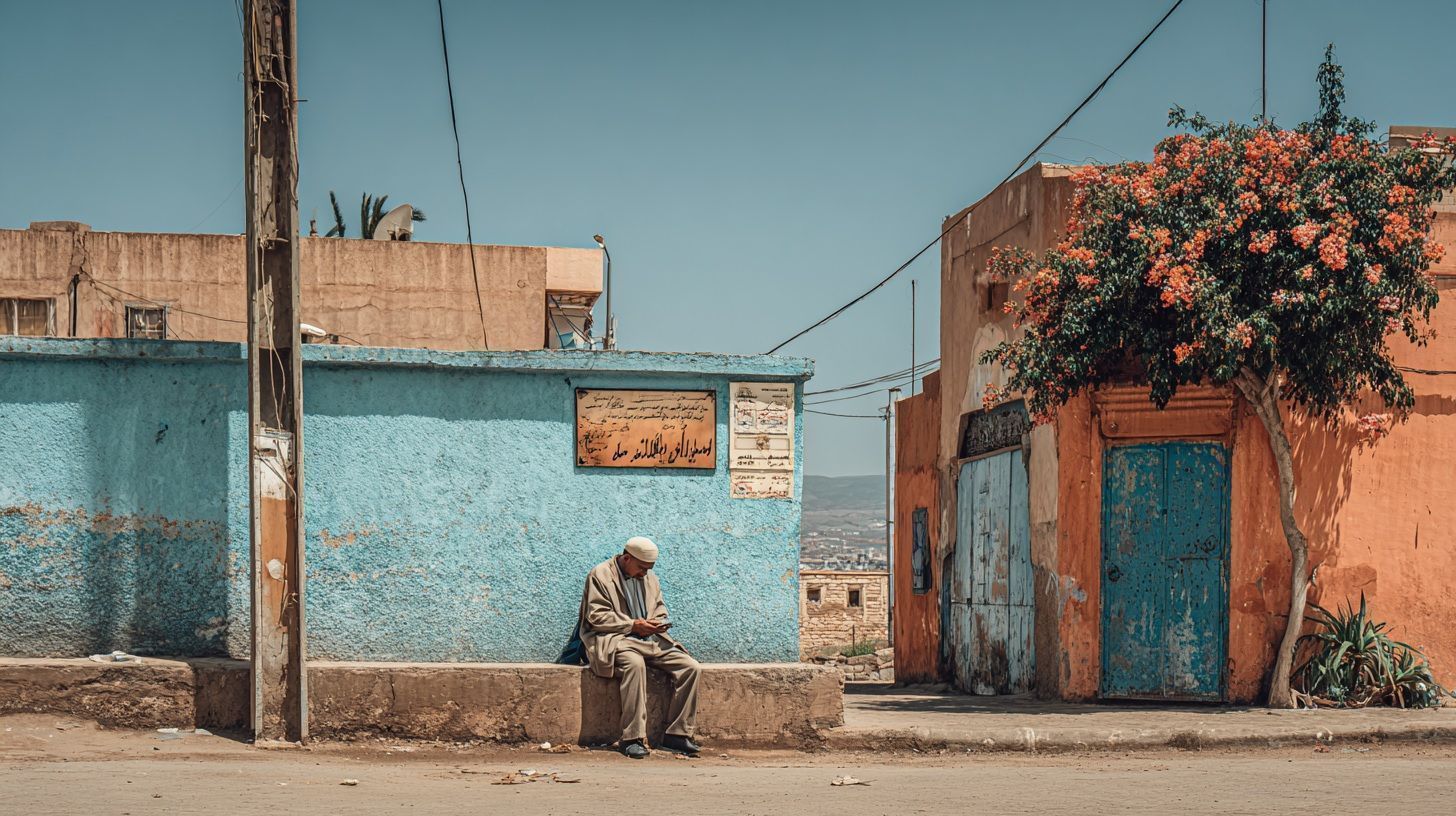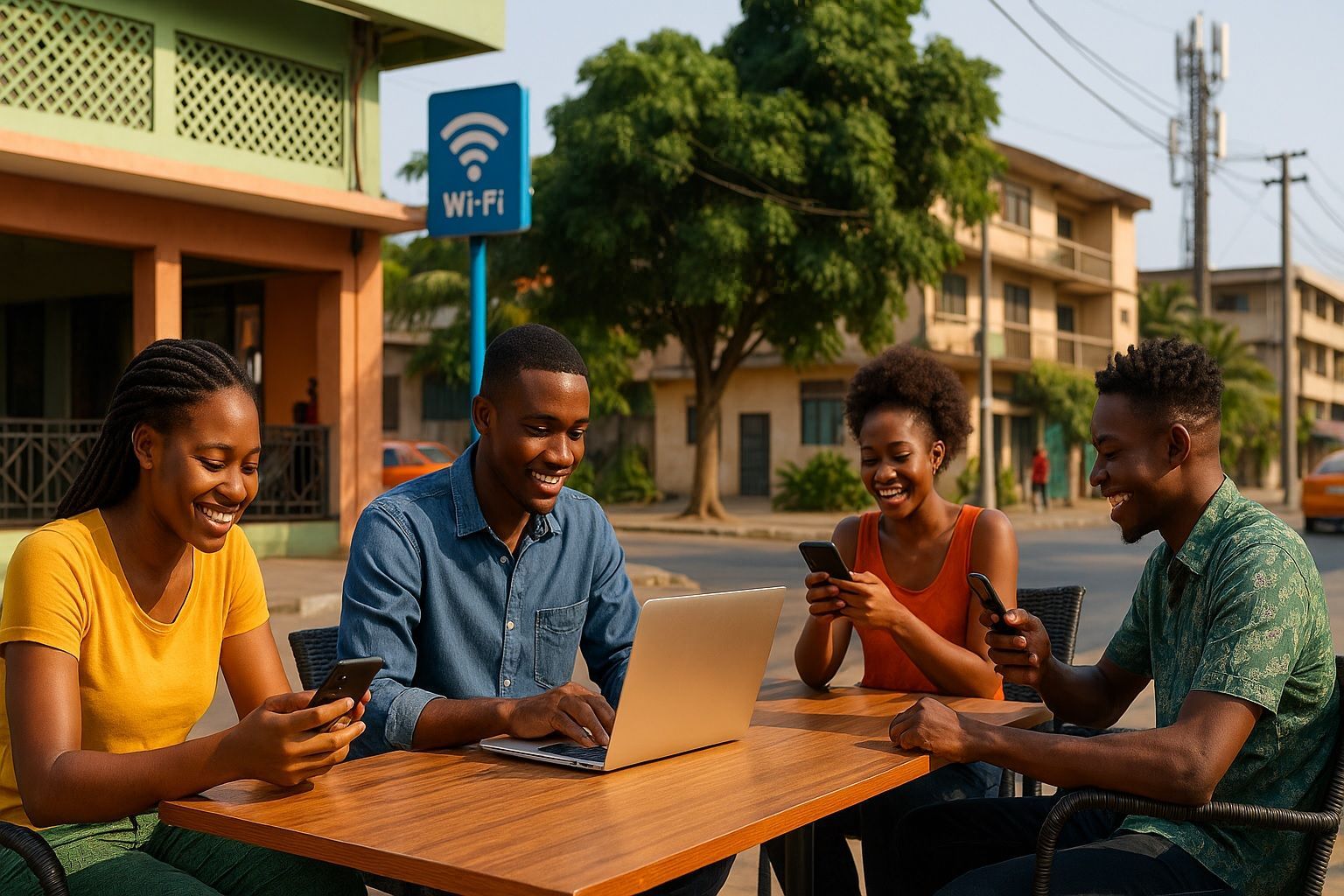
Internet Access in France: From Fiber to Satellite and Everything In Between
By end-2024, fiber coverage reached about 91% of premises in metropolitan France, passing over 40.6 million homes and offices, with roughly 4 million still awaiting coverage. Fiber accounts for about 75% of all internet subscriptions in France. Plan France Très
